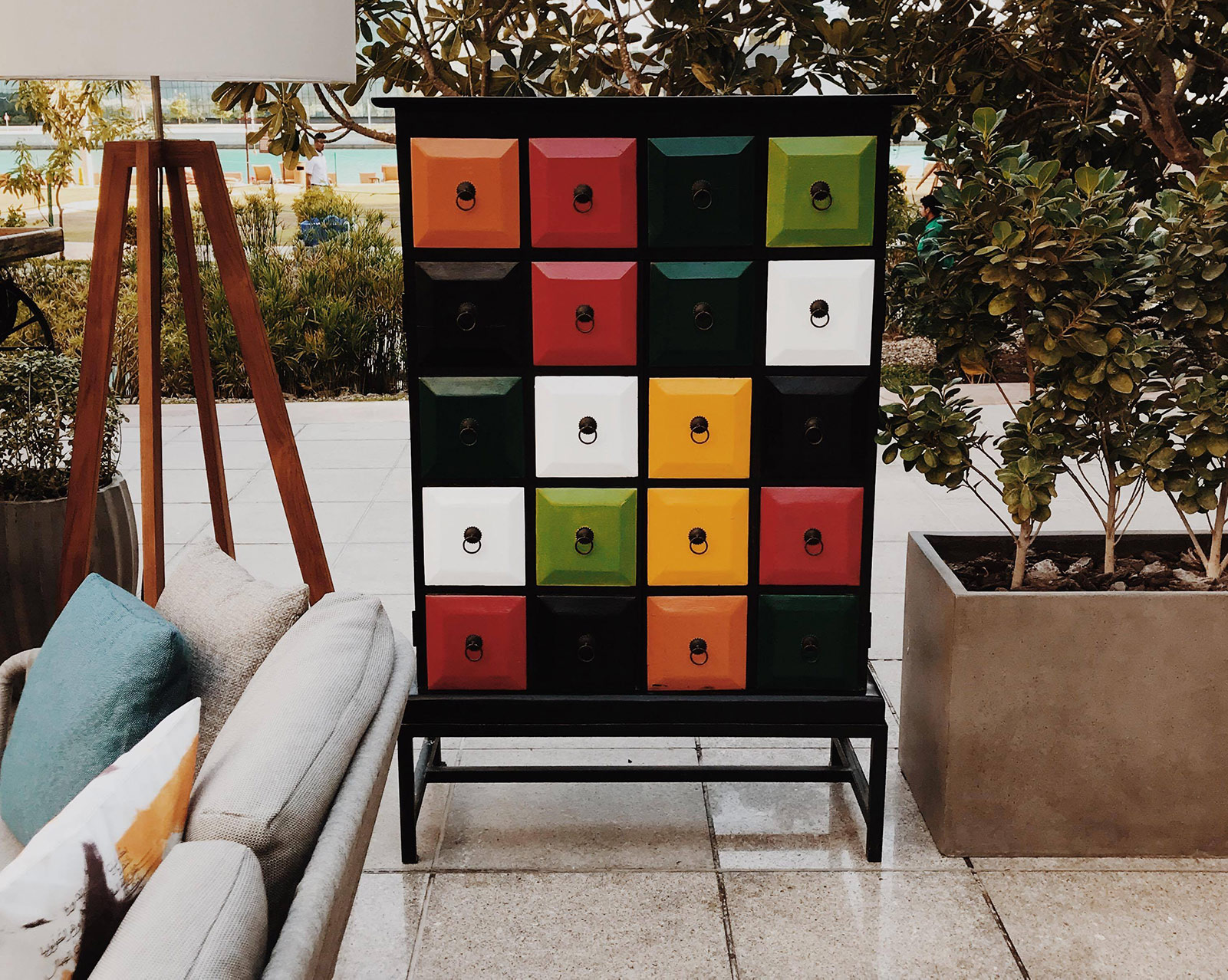
The aspects of experience for design.
All aspects of experiences for design in one spot for easy reference. Use these when researching for design and when designing experience-centered outcomes.
One of the three essential parts of the experience design scene. A context, person, or design.
Qualities that can be observed, measured, and articulated.
Four experience-level themes within experience design scenes.
Aspects of experiences that can be seen using common methods.
Aspects of experiences that are hard to see so they must be inspected up-close.
The physical spaces, ideas, and prevailing attitudes of a place and time affect experience design scenes.
A place and time where an experience design scene takes place.
The dimensions of physical spaces where experience design scenes take place.
People and objects in a context that are not the user.
Materials available for use in a setting.
External factors that can affect people and design actors in experience design scenes.
The duration of time in which experience design scenes take place.
Exchanges between components in experience design scenes.
Power or influence relationships between aspects in a context.
Peoples' worldviews and self-concepts shape the ways they make meaning in different situations.
Ways people relate to others and how they perceive themselves in those relationships.
Emotional and/or romantic attraction to another person.
A classification based on a person's social and economic status.
People during goal-directed activities.
A way of thinking or feeling about an activity or design object.
What a person believes others will think of them when they perform a behavior.
The size of physical products and the complexity of services and systems.
The moment-by-moment interaction between people and designed outcomes.
The goal the product, service, or system is intended to achieve.
The measure of obstacles that prevent people from accessing a product, service, or system.
The relevancy of a designed outcome to people who use it for a purpose.
The measure of how intuitively a design can be operated.
Any activities that can be completed using a design.
A design’s functional, cultural, and emotional significance to those who use it.
References and sources that support the inclusion of this Aspects of Experiences for Design component.